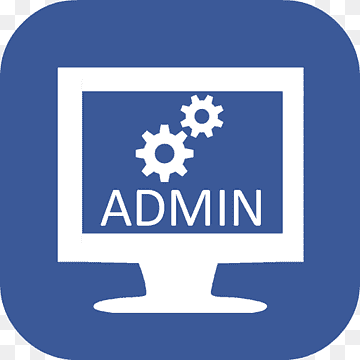System Administration Training by Experts
Our Training Process

System Administration - Syllabus, Fees & Duration
MODULE 1
- System administration introduction, policies, overview, UNIX history and basis
MODULE 2
- File systems and disks
MODULE 3
- Software installation concepts
MODULE 4
- Multi users basics, politics, policies and ethics
MODULE 5
- Automating administrative tasks
MODULE 6
- Networking
MODULE 7
- Backup and disaster recovery
MODULE 8
- DNS
MODULE 9
- SMTP, HTTP
MODULE 10
- Configuration management
MODULE 11
- Distributed computing
MODULE 12
- SNMP, monitoring
MODULE 13
- System security
This syllabus is not final and can be customized as per needs/updates





 Computer scientists research to develop new IT approaches that are both effective and efficient. Students who pursue a diploma in this field have a fantastic opportunity to expand their expertise. This course will teach you about the infrastructure services that keep all businesses, big and small, running smoothly.
They are IT-savvy and can troubleshoot any technical issues that are causing the system to malfunction.
They install computers, laptops, intranets, servers, cybersecurity software, and other technology. These experts may go on to become technology and IT managers in the future.
A system administrator's responsibilities include the following:
System administrators are in charge of managing, maintaining, and configuring commercial computer systems on a day-to-day basis.
All of the important components of the corporate computing infrastructure are managed by system administrators.
They set up the network card (NIC) so that data can be sent and received appropriately. Systems administration is the division of information technology that is in charge of keeping multi-user computer schemes up and running.
Computer scientists research to develop new IT approaches that are both effective and efficient. Students who pursue a diploma in this field have a fantastic opportunity to expand their expertise. This course will teach you about the infrastructure services that keep all businesses, big and small, running smoothly.
They are IT-savvy and can troubleshoot any technical issues that are causing the system to malfunction.
They install computers, laptops, intranets, servers, cybersecurity software, and other technology. These experts may go on to become technology and IT managers in the future.
A system administrator's responsibilities include the following:
System administrators are in charge of managing, maintaining, and configuring commercial computer systems on a day-to-day basis.
All of the important components of the corporate computing infrastructure are managed by system administrators.
They set up the network card (NIC) so that data can be sent and received appropriately. Systems administration is the division of information technology that is in charge of keeping multi-user computer schemes up and running.



















































































